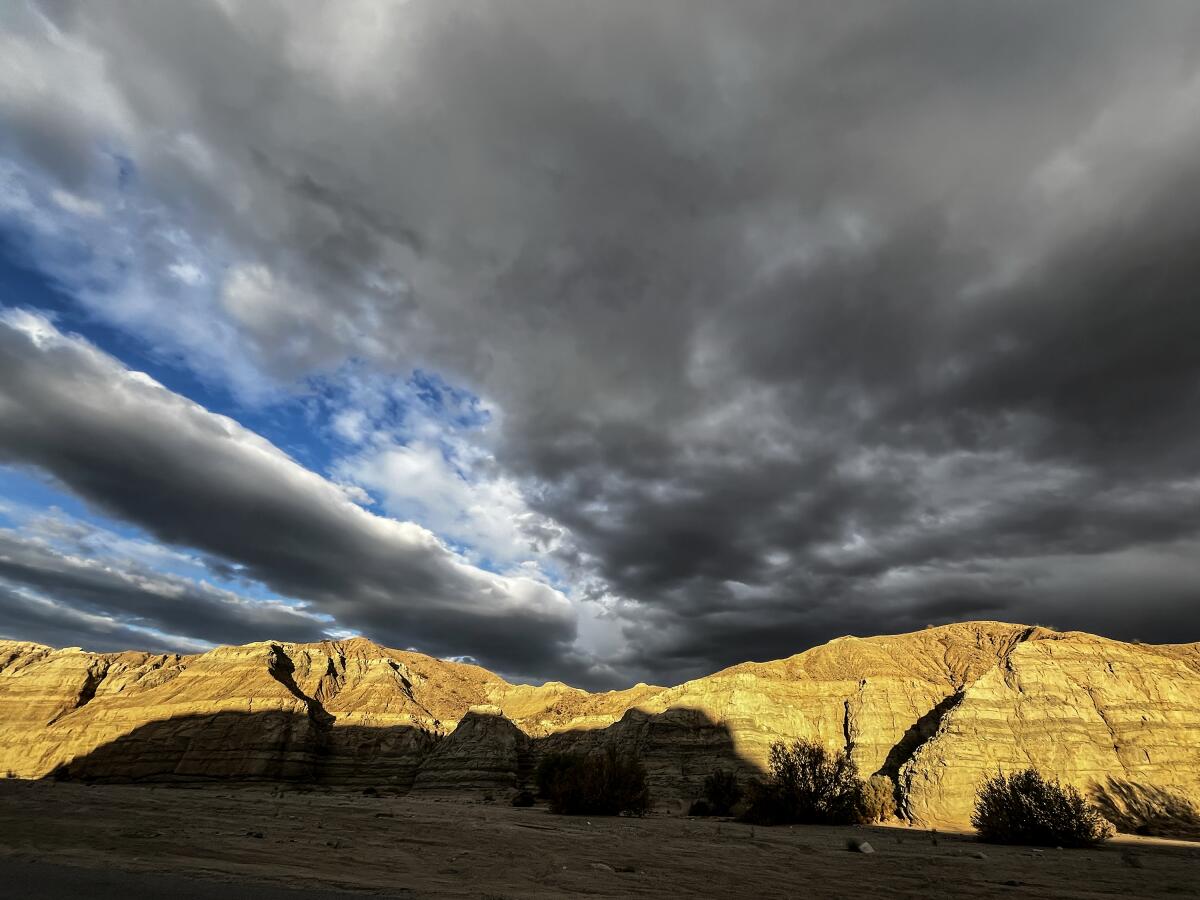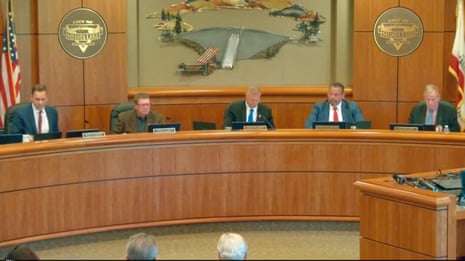Executive Summary
- Northern Minnesota hosts the NOvA experiment, detecting neutrinos shot from Fermilab in Chicago to study neutrino flavor changes.
- The research aims to understand the fundamental properties of neutrinos, the most abundant matter particle in the universe.
- The NOvA experiment will conclude in 2027, with future research exploring neutrino detection in Lake Superior and South Dakota.
Event Overview
For the last two decades, northern Minnesota has been the target of a neutrino beam originating from Fermilab near Chicago. The NOvA experiment, located at Ash River just outside Voyageurs National Park, detects these elusive particles after their 500-mile journey through the Earth. Scientists are studying how neutrinos change 'flavors' during their travel, seeking to understand the fundamental properties of these particles and their role in the universe. The experiment, costing over $200 million, will conclude in 2027, paving the way for future neutrino research in other locations.
Media Coverage Comparison
| Source | Key Angle / Focus | Unique Details Mentioned | Tone |
|---|---|---|---|
| Duluth News Tribune | The role of northern Minnesota and the NOvA experiment in neutrino research. | Mentions the upcoming experiment in Lake Superior and the eventual move of neutrino research to South Dakota. | Informative |
Key Details & Data Points
- What: The NOvA experiment detects neutrinos shot from Fermilab to study neutrino flavor changes and understand their fundamental properties.
- Who: Key individuals include Alec Habig (University of Minnesota Duluth), Patricia Vahle (William & Mary), and Marvin Marshak (University of Minnesota Twin Cities). Organizations involved are Fermilab, University of Minnesota Duluth, and William & Mary.
- When: The neutrino beam has been aimed at northern Minnesota for two decades. The NOvA experiment will conclude in early 2027. A transformer failure at Fermilab halted the beam last year, with repairs expected by next summer.
- Where: The NOvA experiment is located at Ash River, just outside Voyageurs National Park in northern Minnesota. Previous research was conducted at the Soudan Underground Mine. Future research may involve Lake Superior and a facility in South Dakota.
Key Statistics:
- Key statistic 1: Every 1.2 seconds: Trillions of neutrinos are shot from Fermilab.
- Key statistic 2: Less than three milliseconds: Time it takes the neutrinos to reach the Ash River lab.
- Key statistic 3: One or two per week: Number of neutrinos detected by the lab’s detector.
Analysis & Context
The article highlights the significant role northern Minnesota plays in cutting-edge neutrino research. The NOvA experiment allows scientists to study neutrino oscillations, providing insights into the fundamental nature of matter and the universe. The shift from the Soudan Mine to the Ash River lab, and the potential future experiments in Lake Superior and South Dakota, demonstrate the evolving nature of neutrino research and the continuous pursuit of better detection methods. The research has potential future applications, such as monitoring nuclear weapons programs.
Notable Quotes
Most of them are changing into that tau-type neutrino, but some small fraction of them are changing into the electron-type neutrino. And so that's the piece that NOvA wanted to study. What fraction are turning into electron-type neutrinos?
Conclusion
Northern Minnesota has been a crucial site for neutrino research for the past two decades, with the NOvA experiment providing valuable data on neutrino behavior. As the experiment concludes in 2027, the focus will shift to new locations and technologies, continuing the quest to unravel the mysteries of these elusive particles. The research has contributed to our understanding of the universe's composition and may lead to unforeseen applications in the future.
Disclaimer: This article was generated by an AI system that synthesizes information from multiple news sources. While efforts are made to ensure accuracy and objectivity, reporting nuances, potential biases, or errors from original sources may be reflected. The information presented here is for informational purposes and should be verified with primary sources, especially for critical decisions.









